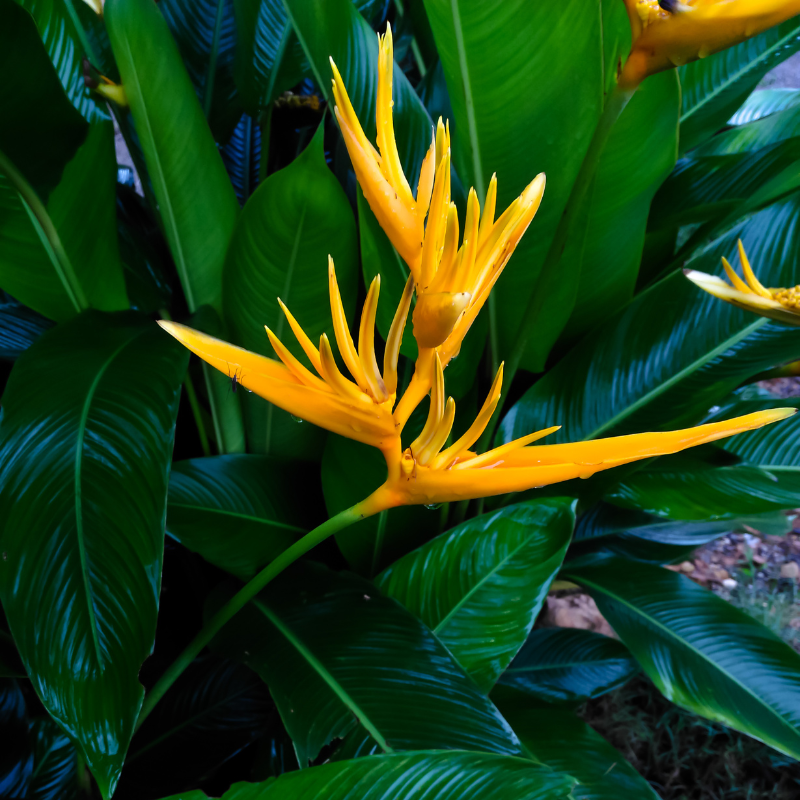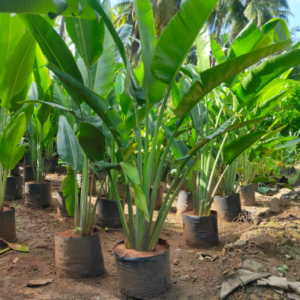Heliconia, derived from the Greek word Ἑλικώνιος, is a genus of flowering plants in the monotypic family Heliconiaceae. Most of the ca 194 known species are native to the tropical Americas, but a few are indigenous to certain islands of the western Pacific and Maluku.
Heliconia is a flowering plant genus in the monotypic family Heliconiaceae, named after the Greek word o (heliknios)[citation needed]. The majority of the 194 recognised species are endemic to the tropical Americas, while a handful are native to the western Pacific and Maluku islands. The tropical forests of these locations are home to a variety of Heliconia species. The IUCN Red List of Threatened Species lists the majority of species as vulnerable or data poor. Several species are frequently grown as ornamentals, and a few have become naturalised in places like Florida, Gambia, and Thailand. [5] Lobster-claws, toucan beak, wild plantain, and fake bird-of-paradise are all common names for this genus. The last word relates to their resemblance to the blooms of the bird-of-paradise (Strelitzia). These plants are commonly referred to as “heliconias” as a group.
Description
Depending on the species, these herbaceous plants can grow to be as tall as 4.5 m (1.5–15 feet).
These plants have simple leaves that are 15–300 cm (6 in–10 ft) long. Long, oblong, alternating, or growing opposite one another on nonwoody petioles that are typically longer than the leaf, they create enormous clumps with age. Their blooms are composed of vividly coloured waxy bracts with small real flowers peeping out from the bracts and are produced on long, erect or drooping panicles. Heliconias have a similar growth behaviour to Canna, Strelitzia, and bananas, to which they are related. Flowers come in a variety of colours, including reds, oranges, yellows, and greens, and are surrounded by beautifully coloured bracts. Pollination is often limited to a fraction of the region’s hummingbirds due to floral morphology.
Leaf
When exposed to varying degrees of sunlight, the leaves at various places on the plant have distinct absorption potentials for photosynthesis.
They also have the appearance of lobster claws.
Flower
The nectar-rich flowers attract pollinators, the most common of which are hummingbirds.
In West Bengal, India, Heliconia rostrata grows.
Heliconia rostrata is a kind of Heliconia. Close-up of an inflorescence
Seeds
When ripe, the fruits turn a blue-purple colour and are mostly distributed by birds.
[10] Seed size was not found to be a factor of post-dispersal seed survival in studies. Predation on seeds is at an all-time level.





Reviews
There are no reviews yet.